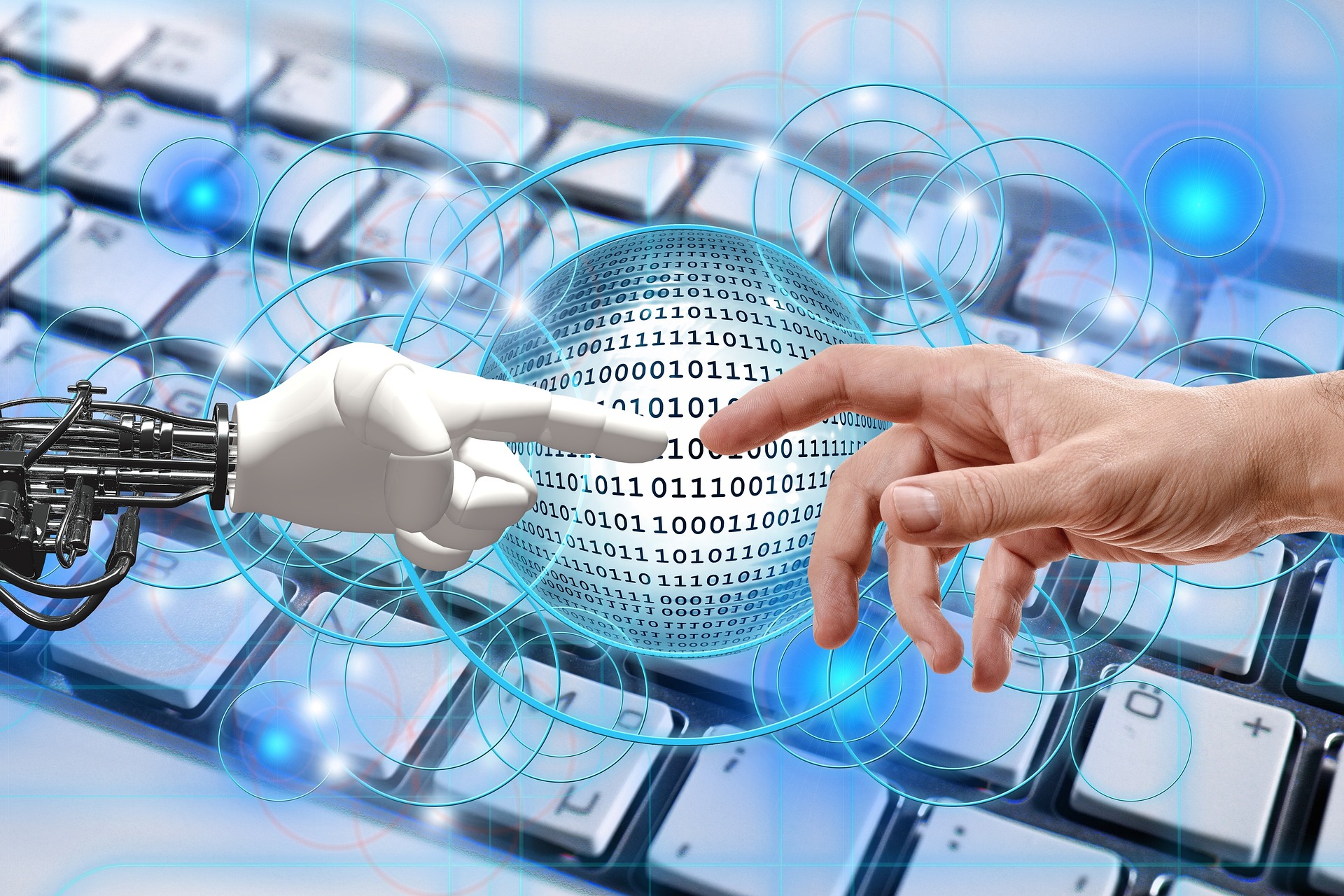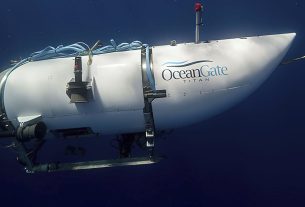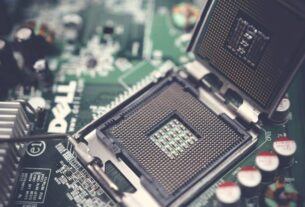The mining sector is experiencing a technological revolution, with Artificial Intelligence (AI) and robotics at the forefront of this transformation. The integration of these advanced technologies is set to redefine mining operations by improving safety standards, boosting productivity, and optimizing operational efficiency. From predictive maintenance and real-time hazard detection to automation and process optimization, AI and robotics are becoming indispensable tools in modern mining.
Enhancing Safety with AI and Robotics
Safety remains a top priority in the mining industry, where hazardous working conditions have traditionally posed significant risks to workers. AI and robotics play a critical role in minimizing these risks by providing real-time predictive insights and automating dangerous tasks. AI algorithms can analyze data from various sources—such as environmental sensors, equipment diagnostics, and historical incident records—to predict potential hazards, like equipment failures or unsafe environmental conditions, before they lead to accidents.
For instance, AI-powered systems can detect unstable geological conditions or equipment wear and tear, alerting operators to take preventative action. Robotics, such as autonomous drilling machines, haul trucks, and drones, can perform high-risk tasks without putting human workers in danger. These technologies reduce the likelihood of accidents by eliminating human exposure to hazardous environments, significantly enhancing worker safety.
In certain circumstances where there is an unavoidable need to operate in highly unstable terrains as mentioned above, robotics powered with intelligent AI software could be deployed to mine in those areas if the needs are critical and the output would outweigth the cost implications of using such autonomous systems.
Optimizing Operations through AI and Robotics
AI and robotics also promise to transform the efficiency of mining operations. By utilizing AI to process geological data, companies can identify mineral-rich areas more accurately, enabling more precise extraction methods. This reduces resource wastage and enhances overall productivity. AI-driven robots, such as autonomous excavators and drilling rigs, can work continuously, minimizing downtime and maintaining a steady flow of operations.
Robotic systems are particularly beneficial in harsh or remote environments where human presence is limited. For example, drones equipped with AI technology can be used for aerial surveillance, mapping, and inspections, providing real-time data to operators. These robots can access areas that would otherwise be challenging or dangerous for human workers to reach, enabling thorough assessments and more informed decision-making.
Improving Productivity and Reducing Costs
AI and robotics also have a direct impact on operational productivity. AI can be applied to optimize mining workflows, predict maintenance needs, and streamline supply chain management. Machine learning algorithms analyze vast datasets from equipment and operations to determine the most efficient ways to deploy resources, reduce downtime, and minimize operational costs. For example, AI systems can predict when machines are likely to break down, allowing companies to perform maintenance proactively and avoid costly repairs or delays.
Robotics contributes to this efficiency by automating repetitive and labor-intensive tasks. Autonomous vehicles, for instance, can transport materials across the mine site without human intervention, operating around the clock and significantly increasing throughput. These technologies improve both the speed and accuracy of operations, leading to higher production rates and cost savings.
Workforce Management and Training with AI
AI and robotics also offer significant improvements in workforce management. By analyzing performance data, AI systems can optimize staffing levels and schedule shifts based on operational needs. This helps to ensure that the right people are in the right place at the right time, maximizing workforce efficiency.
Additionally, AI-powered training programs, such as virtual reality simulations, allow workers to familiarize themselves with complex equipment and mining operations in a safe, controlled environment. These innovations can reduce training costs, accelerate learning curves, and improve the overall effectiveness of the workforce.
Overcoming Challenges
While the potential of AI and robotics in mining is vast, there are challenges to overcome. The implementation of these technologies requires significant capital investment, particularly in infrastructure and training. Moreover, the mining industry must address concerns around data security, system integration, and the potential impact on employment. Ensuring the quality of data used in AI models and safeguarding against cyber threats are critical to ensuring the success of AI and robotics in mining operations.
The Future of AI and Robotics in Mining
Despite these challenges, the future of AI and robotics in the mining industry is promising. As technology continues to advance, AI and robotics will play an increasingly pivotal role in transforming mining practices, making them safer, more efficient, and more sustainable. Mining companies that embrace these technologies will not only improve their bottom line but also contribute to the overall advancement of the industry, leading to a more automated, data-driven, and safer mining environment.
Image by Gerd Altmann from Pixabay



